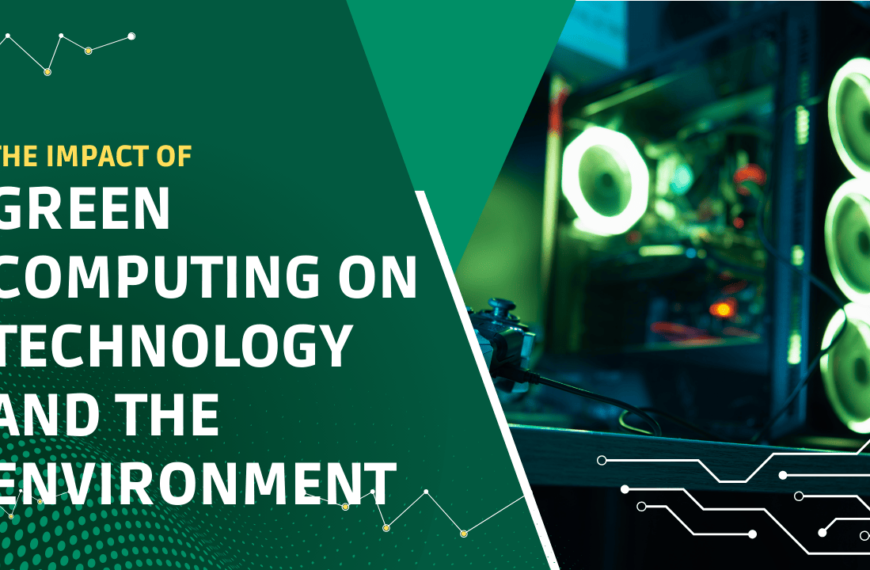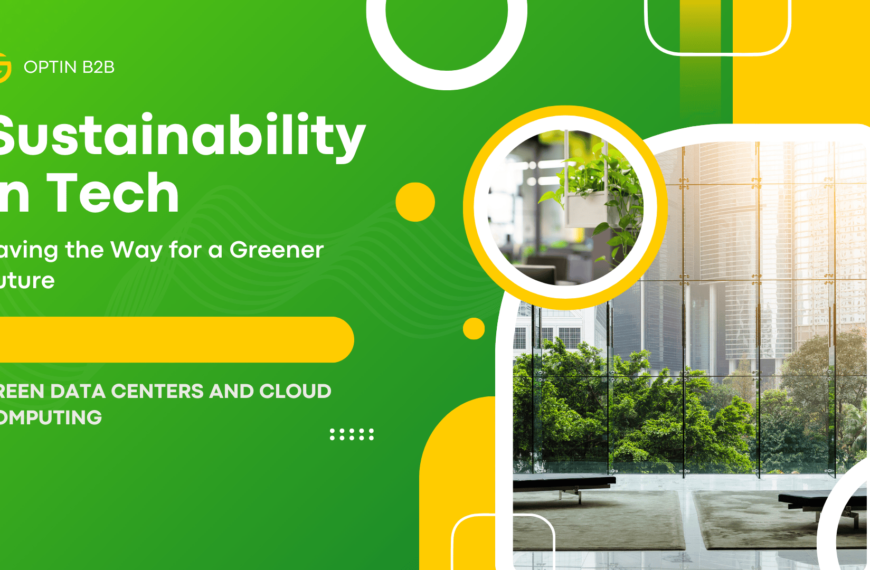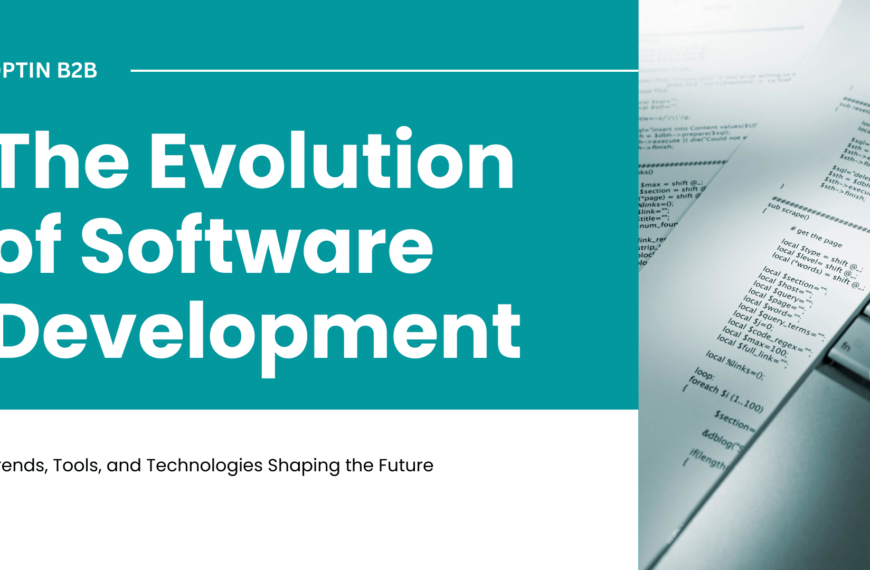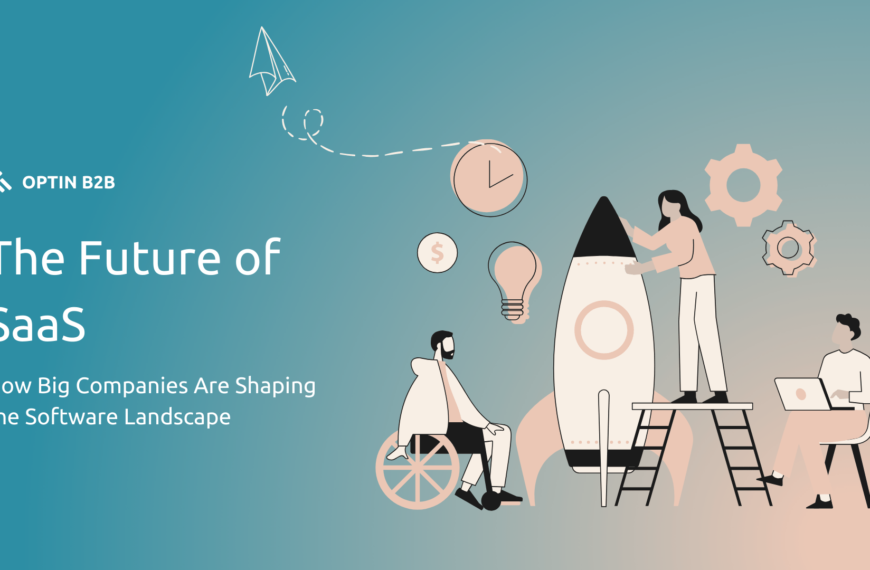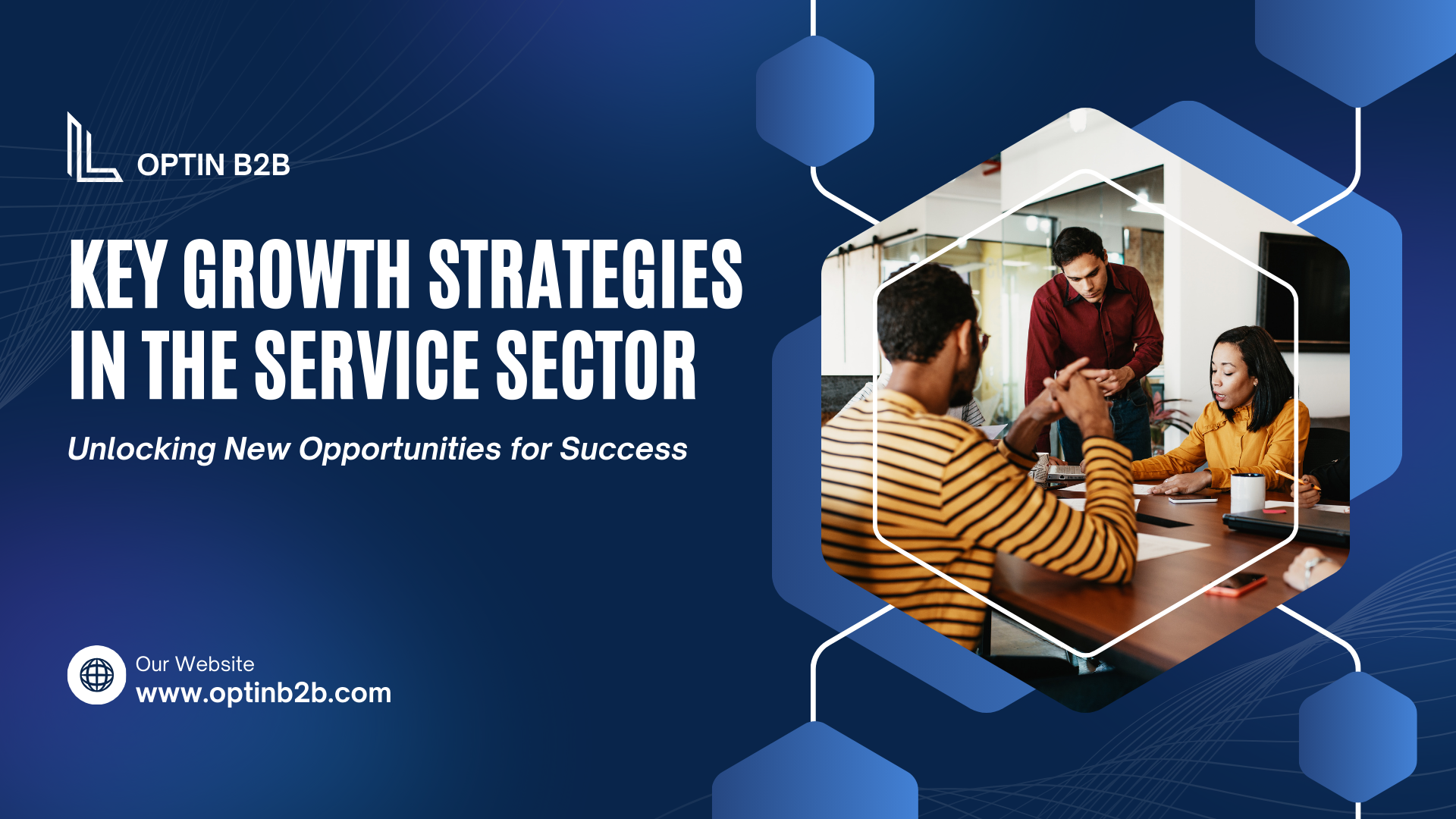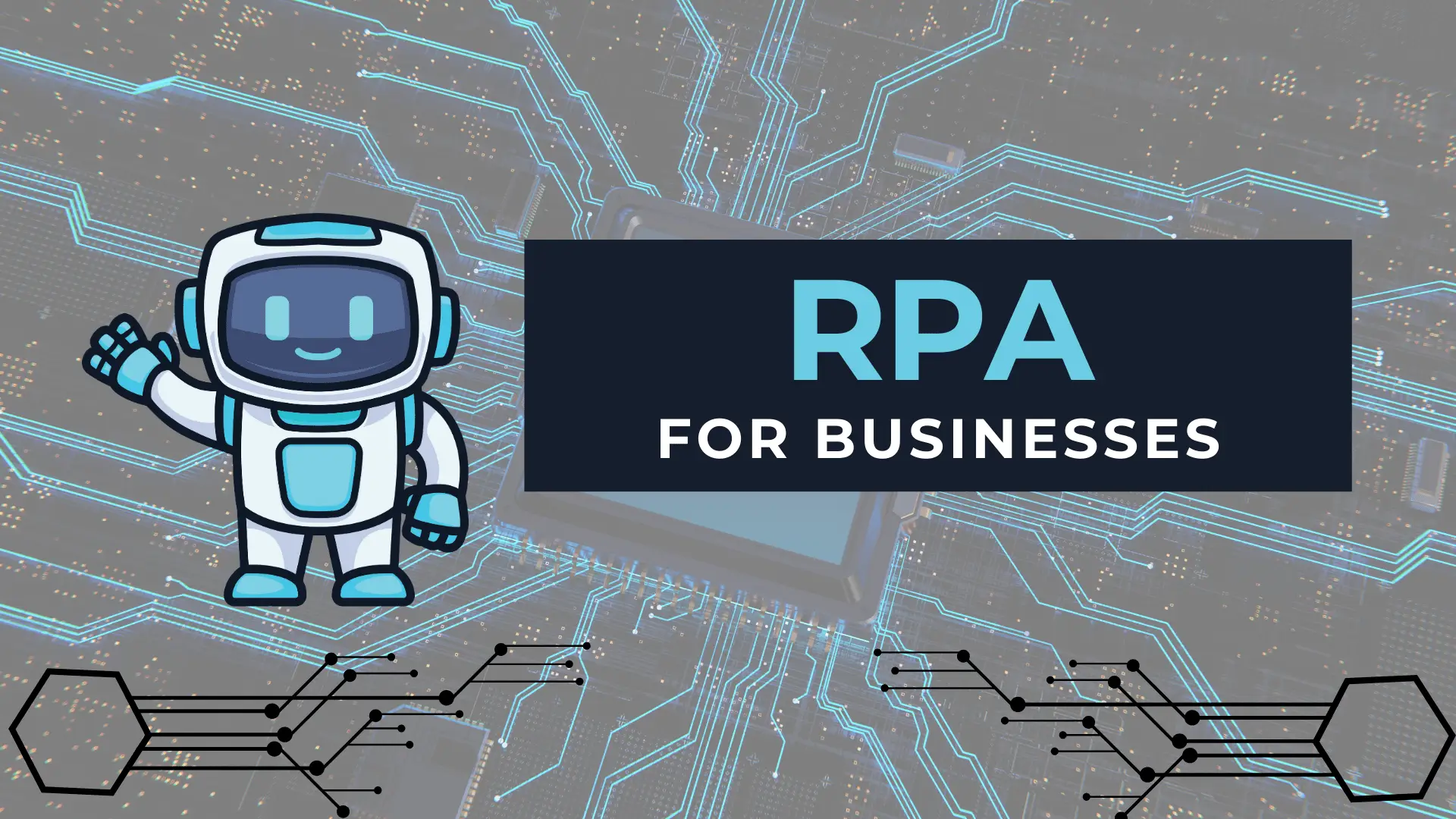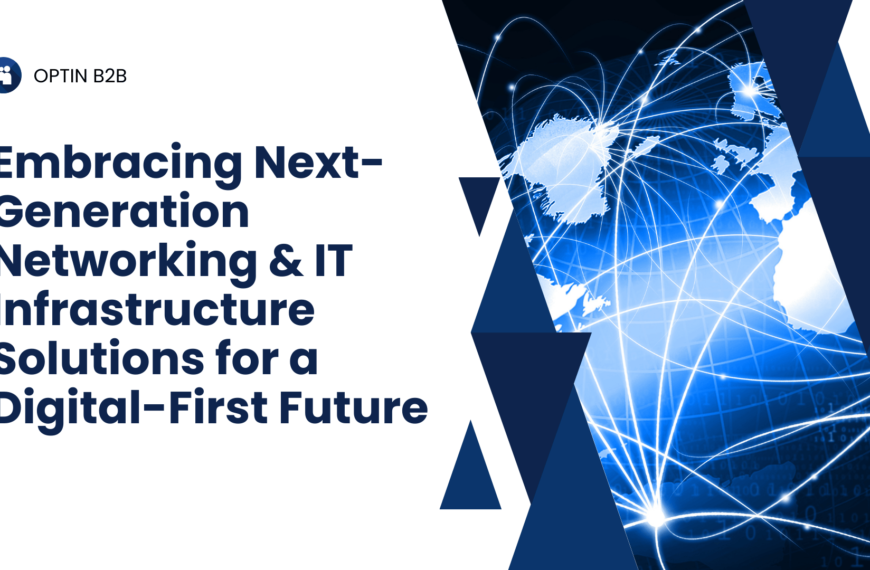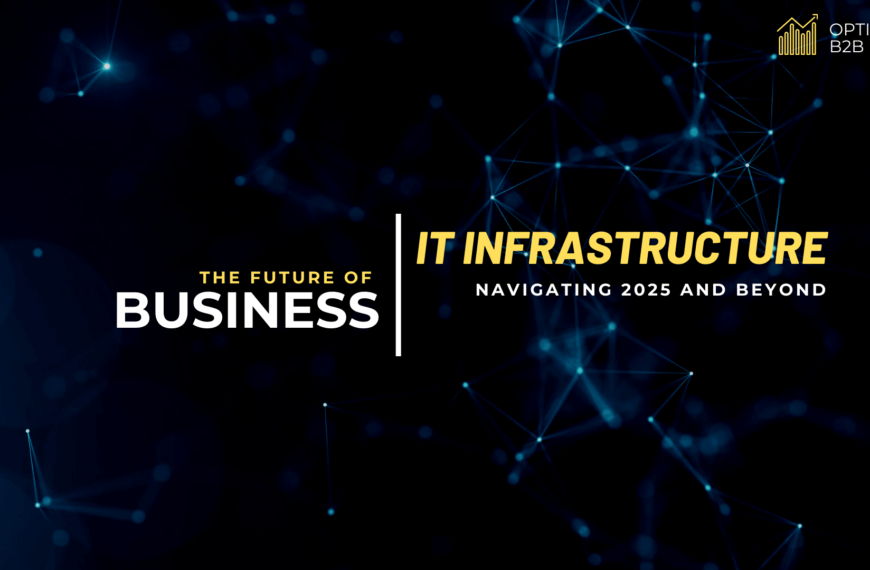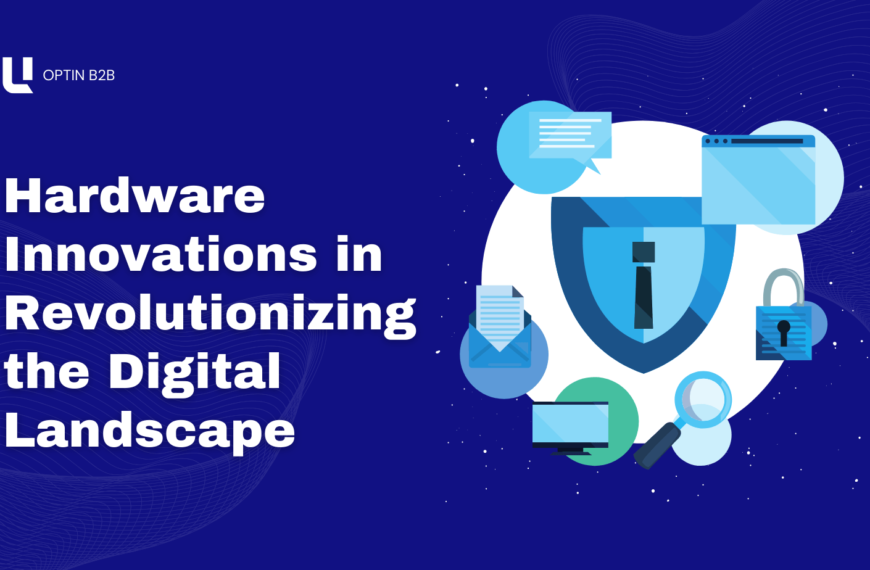Big data and predictive analytics are transforming how businesses operate, giving them the ability to forecast trends, optimize strategies, and drive growth. Industries across the board—from healthcare to retail—are leveraging these tools to stay competitive in an increasingly data-driven world.
One of the standout applications of predictive analytics is in e-commerce. Companies like Amazon utilize machine learning models to analyze customer behavior, predict purchasing patterns, and recommend products. This personalized shopping experience has significantly boosted customer satisfaction and revenue. Similarly, Target employs predictive analytics to refine inventory management, ensuring that stores are stocked with the right products at the right time.
In the energy sector, predictive analytics is revolutionizing operations by optimizing resource allocation and minimizing downtime. For example, ExxonMobil uses big data to analyze drilling data and improve exploration outcomes. Similarly, renewable energy companies employ these tools to predict weather patterns, optimizing solar and wind energy production.
Healthcare has embraced predictive analytics to improve patient outcomes and reduce costs. Mayo Clinic applies big data to identify at-risk patients and predict disease outbreaks, while hospitals use analytics to optimize staff allocation, ensuring better resource management during peak times.
The automotive industry is another area witnessing transformative change. Tesla uses predictive analytics to enhance autonomous vehicle systems, analyzing vast amounts of sensor data to improve safety and functionality. Similarly, traditional car manufacturers like Ford employ these tools to predict maintenance needs and reduce vehicle downtime.
Despite these advancements, the journey to fully leveraging predictive analytics isn’t without hurdles. Challenges like data silos, privacy concerns, and the need for skilled professionals often limit adoption. However, companies investing in robust data governance frameworks and employee training are successfully navigating these obstacles.
As we approach 2025, the convergence of big data, AI, and IoT promises to further redefine predictive analytics. Businesses that proactively adopt these innovations will not only streamline operations but also set new standards in their respective industries. The key lies in viewing data not just as numbers but as a critical asset for shaping the future.


